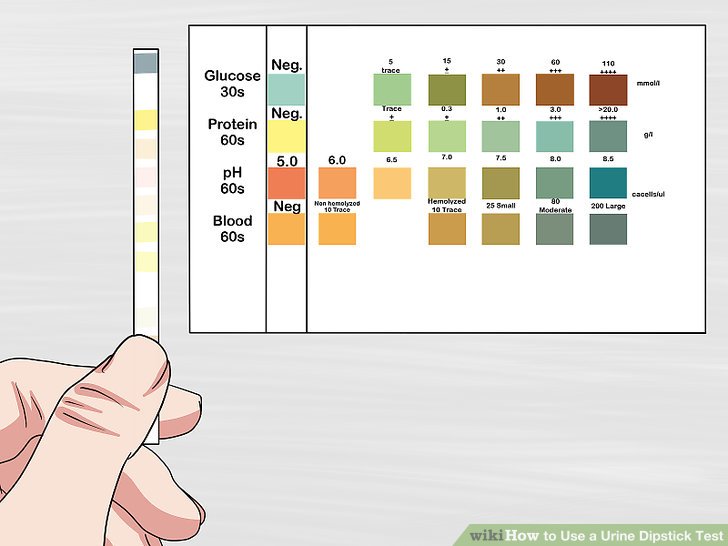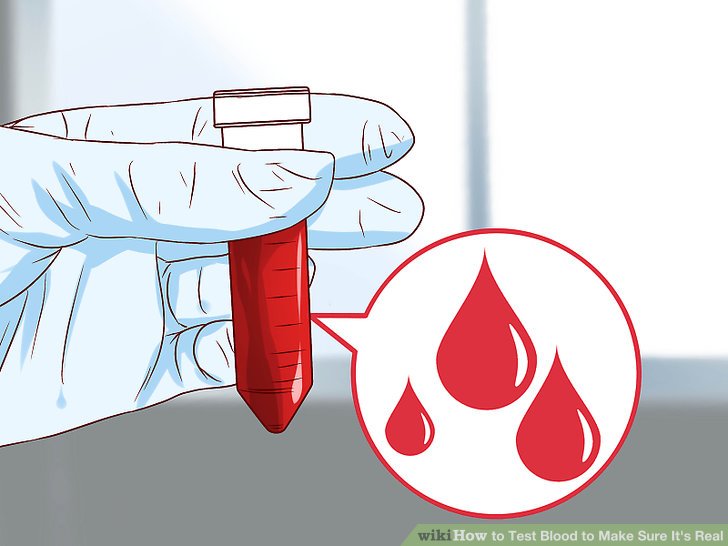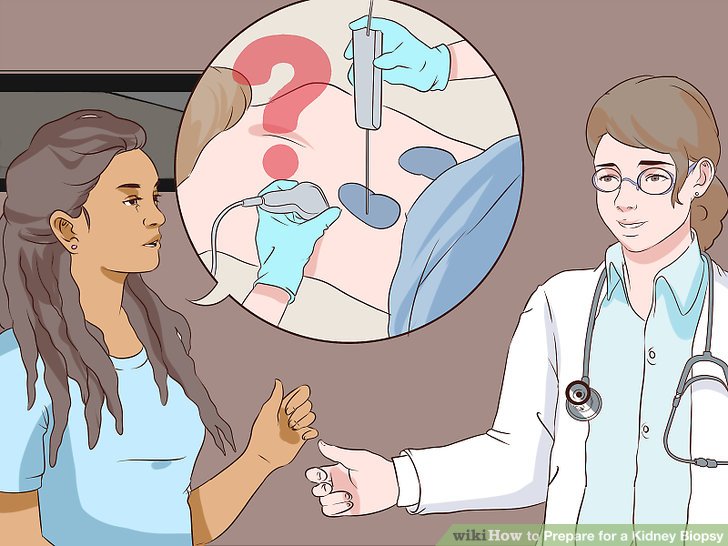HOW TO DIAGNOSE LUPUS NEPHRITIS
|
|
- Urine sample taken to look for blood(hematuria) and protein(proteinuria) presence
- A strip chemically treated paper called dipstick is dipped into sample
- Patches on dipstick change color when blood and protein are present
- High level of both indicate kidney damage
- Also, sample examined under microscope to look for kidney cells
|
|
- To measure creatinine, a waste product from normal breakdown of muscles in body
- Kidneys functions to remove creatinine from blood
- Level of creatinine used to estimate Glomerular Filtrate Rate(GFR)
- The higher the level of creatinine in blood, the worsen the kidney damage
|
|
- Procedure involves taking small piece of kidney tissue for microscope examination
- Biopsy performed using ultrasound or Computed Tomography(CT scan) with sedation, guiding biopsy needle to kidney *insert video*
- Kidney tissue then examine in lab by pathologist
- Kidney biopsy can confirm diagnosis, the progress of disease, and guide for the best treatment
- Recommended to people with active signs but has not been treated yet
|
TREATMENT OF LUPUS NEPHRITIS
Even with treatments,loss of kidney functions sometimes progresses. If both kidneys fail to function the sufferers of Lupus Nephritis may have to opt for dialysis.
Dialysis involves filtering blood through a machine to remove watse products from body.
Ultimately, kidney tranpsplant may be necessary to keep alive. In these cases, people will need additional drugs to keep the immune system from rejecting the transplanted
kidney.
Lupus is treated with drugs that block the body's immune system. These include drugs such as steroids - corticosteroid, and antimalarial drugs .
Strictly, everyone vary from each aspects hence, people need to see their doctor and make a treatment plan best for them.
- Corticosteroids and immunosupressive drugs
These are used to calm the immune system and stop it from attacking the glomeruli
- ACE inhibitors and ARBs
Blood pressure medications that used to reduce protein loss and control blood pressure.
- Diuretics
These help to get rid of of excess fluid and swelling. Besides, function to lower blood pressure too.
- Diet Changes
Some diet changes may be necessary - reducing sodium intake and protein in food choices - to lighten the load of wate on kidneys.
Each of the drugs can have their own side effects on body. Fortunately, the effects are bearable and manageable for all patients.
|


